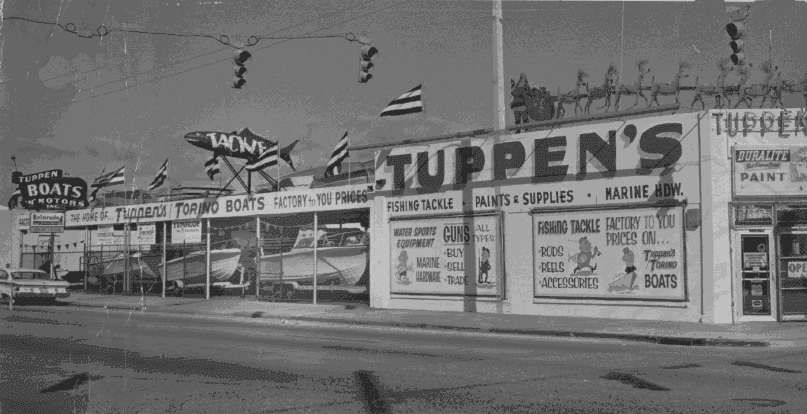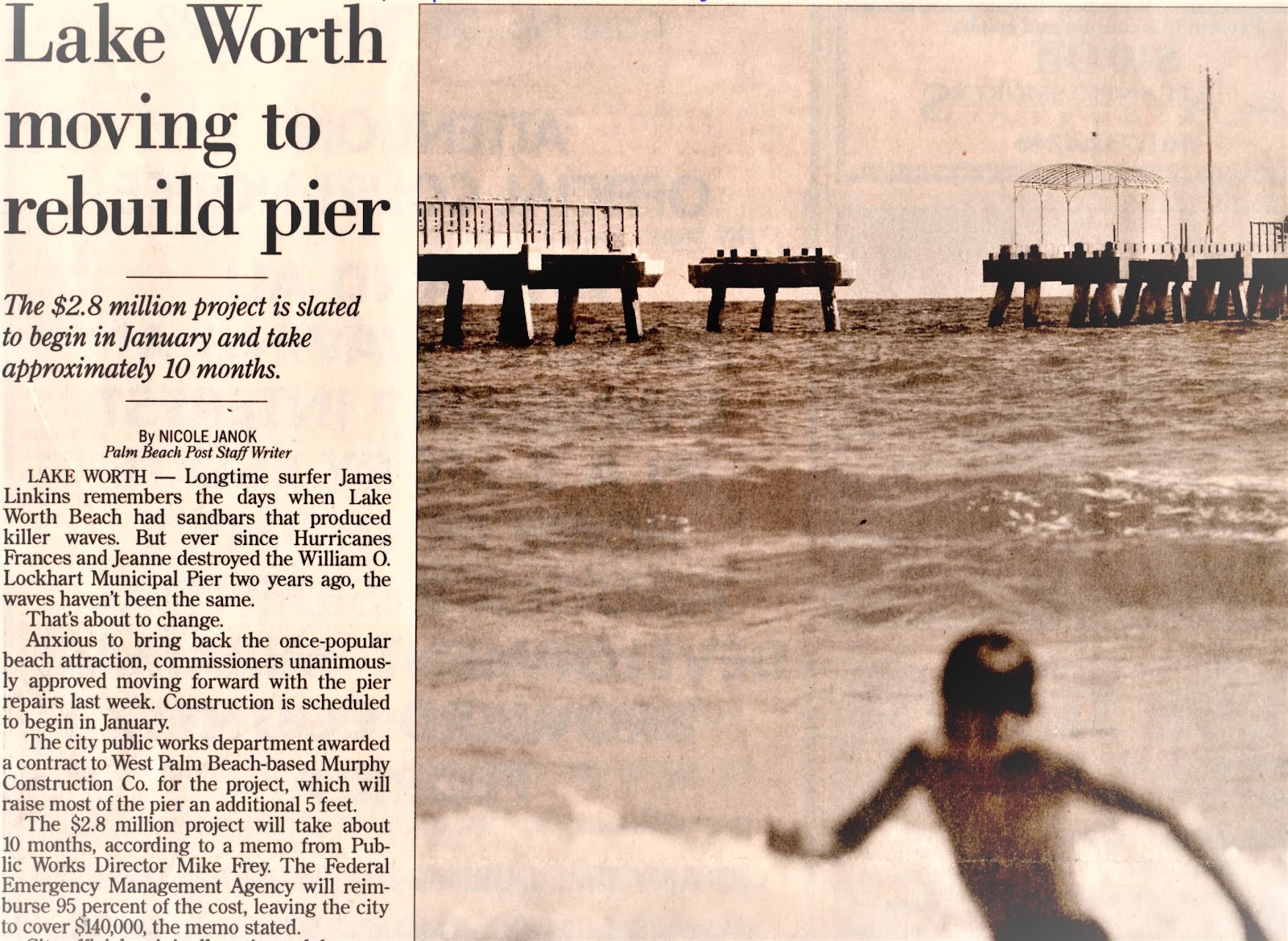A three-way interlocal agreement for a sediment management project will result in cleaner water entering the Lake Worth Lagoon and in turn, enhanced habitat for fish, wildlife and aquatic vegetation. County Commissioners Warren Newell and Jeff Koons spearheaded the effort to set up the dredging operation along the Canal. The initial aim is to remove approximately 125,000 cubic yards of organic sediment that have built up on the Canal bed. Then, a deep hole will be dug to act as a trap for silt and other contaminants that otherwise would flow into the Lagoon.
| Palm Beach County is putting up $2 million to set up the operation and will manage it for two years. It will then be turned over to the South Florida Water Management District (SFWMD), which owns the C-51 Canal, also known as the West Palm Beach Canal. The SFWMD will reimburse the County up to $1 million toward the cost of the project. The third party to the agreement, the City of West Palm Beach, is donating the use of land it owns along the Canal on the south side of the City’s municipal golf course for use as a staging area. |
| “This is cutting-edge technology that will significantly improve the water quality,” said Commissioner Newell. “We’ve been doing something like this in Lake Osborne for the past two years with great results. The grasses are coming back, the sandy bottom is there, and the fish are being re-established.” The agreement includes a $1.7-million contract with the firm J.F. Brennan Co., Inc. to hydraulically dredge and dewater the muck taken from the Canal. The work is scheduled to begin in April 2006 and continue through 2008. |





